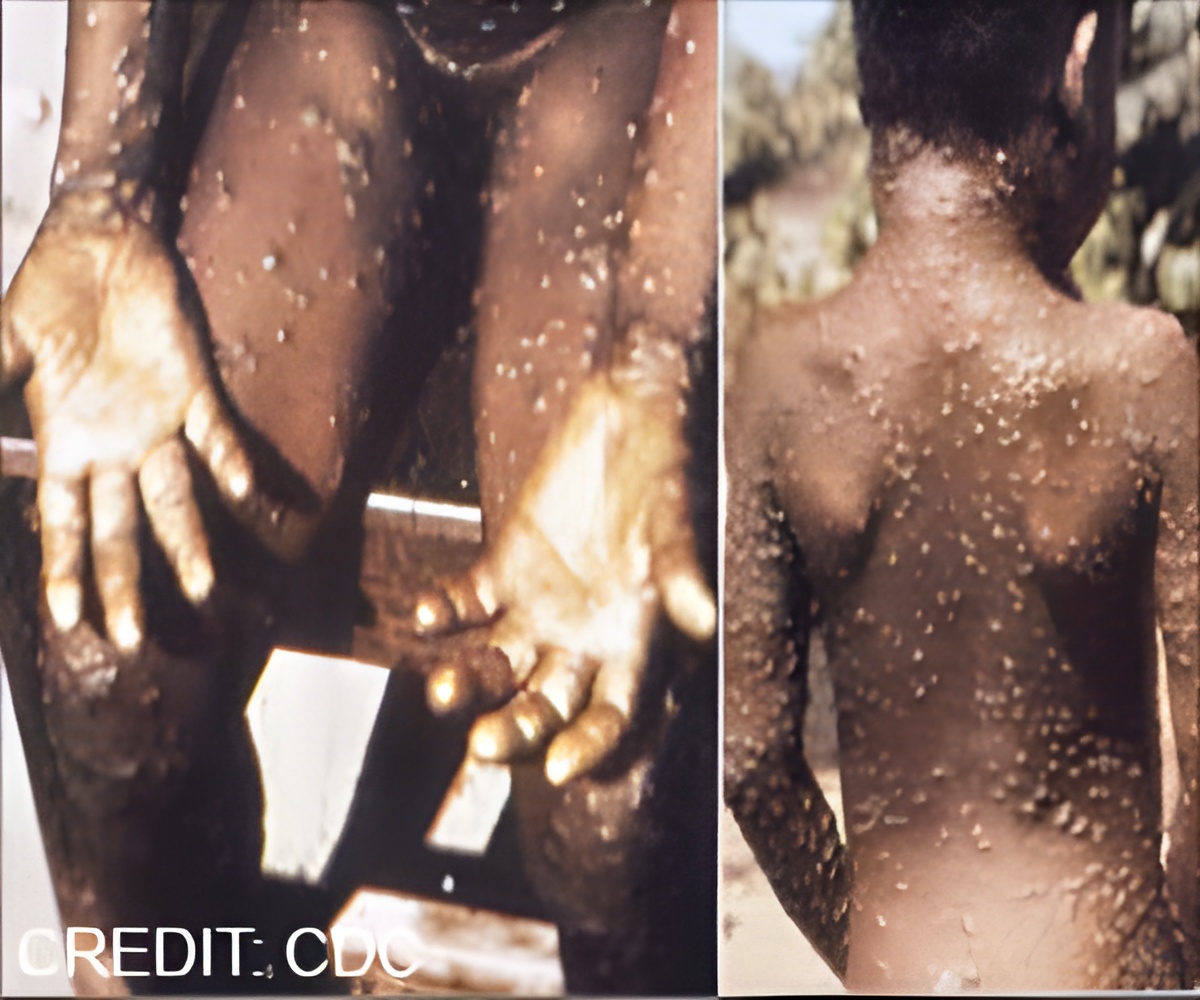The Union Ministry of Health issued guidelines for the monitoring and management of the monkeypox, a virus that has caused human infections in 25 countries.

Monkeypox and its World-Wide Spread
Monkeypox is a viral disease with symptoms similar to smallpox, but of lesser severity, known to cause human disease since 1970, its first outbreak in Congo. Since then, it has spread from time to time in Central and West Africa. But over the past month, it has emerged in countries across Europe, North America and South America.‘There are no reported cases of monkeypox virus in India as on May 31, 2022. However, India needs to be prepared in view of the increasing reports of cases in non-endemic countries.’





“There are no reported cases of monkeypox virus in India as on May 31, 2022. However, India needs to be prepared in view of the increasing reports of cases in non-endemic countries,” the health ministry said in the guidance document.The ministry said “even one case of monkeypox is to be considered as an outbreak” and has directed district-level monitoring units to immediately report any suspicious cases to the state and central monitoring units and launch comprehensive investigations through rapid response teams.
The guidelines outline diagnostic procedures, infection prevention and control measures, patient isolation and ambulance transfer strategies, and medical management protocols. Contact with any cases should be monitored daily for at least 21 days for the onset of symptoms.
The ministry said that all medical samples of suspected cases should be transferred to the National Institute of Virology in Pune for analysis through the country’s Integrated Disease Surveillance Program and its monitoring units in districts across the country.
Monkeypox is a self-limiting disease with symptoms that usually last for two to four weeks. Severe cases are more common in children and are related to the level of virus exposure and the patient’s health, the ministry said. In recent times, the case death rate has ranged from 3% to 6%.
Advertisement
The World Health Organization said earlier this month that epidemiological studies were ongoing and that the cases so far had no travel links to endemic areas.
Advertisement
The guidelines require monitoring units to look out for suspected cases in hospitals, skin care clinics, sexually-transmitted disease clinics, pediatric clinics, or general out-patient departments as well as to initiate targeted surveillance “at sites identified by the National AIDS Control Organization for men who have sex with men.”
Let us hope that this monkeypox does not become a pandemic.
Source-Medindia







